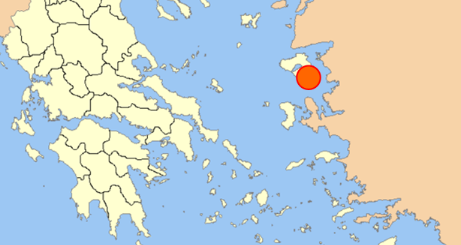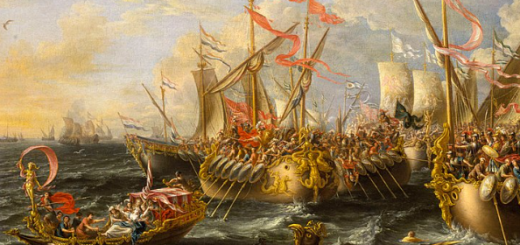Constantine the Great: Biography and Notable Achievements

Constantine the Great – the first Roman Emperor to endorse Christianity. Image source: museicapitolini.org
He was an ancient Roman ruler (emperor) who reigned from 306-337 AD. Constantine the Great, also called Constantine I, was very famous for his role in uniting Rome and contributing to the development of Christianity.
Birth
His date of birth is usually approximated to 27 February 272-284, at Naissus, Moesia (located in present-day Serbia). He was fathered by Flavius Valerius Constantius, who was a renowned Roman military man and later an emperor himself. Helena was the name of Constantine’s mother, even though it wasn’t confirmed whether she was officially married to Constantine’s father or not.
Early Life
Constantine’s father quit his relationship with Helena and went in for the stepdaughter of the emperor of Western Rome (Maximian). In 293 AD, after getting married to Maximian’s stepdaughter, he was promoted to the position of deputy emperor. Little Constantine was taken to a different royal kingdom in eastern Rome – the Diocletian’s kingdom, where he learned Greek and Latin. It has been speculated that Diocletian’s kingdom was the place where Constantine likely witnessed for himself Christian persecution.
Path to the Throne
When the ill and frail Maximian abdicated the throne in 305 AD, the imperial power was transferred to Constantius I (Constantine’s father). Following his dad’s ascendance to the throne, Constantine united with his father and assisted him to fight wars in Britain. A year later, Constantius died; and Constantine inherited the throne.
To defend his position, Constantine had to fight a lot of civil wars against other royal children such as Maxentius (a son of Maximian). Constantine was victorious in the battles. Eventually, he solely took charge of Western Rome as an emperor. Back at Eastern Rome, Constantine’s rival (Maximimus) also locked horns with Licinius. In the end, Licinius defeated Maximimus and became Emperor of Eastern Rome.
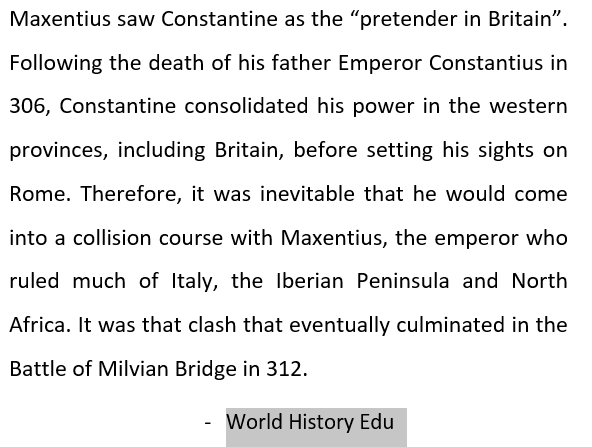
Constantine Conquers East Rome
In 316, a battle over the Balkan territory was fought between Constantine and Licinius. Victory went to Constantine, but it did not end there. The war between the Eastern and Western emperors continued for years. Collectively, these wars were known as the “Tetrarchy Civil Wars.” They were some of the major battles fought by Constantine after he rose to power.
In the long run, one ruler lost his throne; that happened in 324 when Constantine defeated Licinius. He then combined powers of Eastern and Western Rome and reigned as the overall emperor.
Contributions to Christianity
Throughout Constantine’s reign, several developments, ranging from administrative, financial and religious reforms, were introduced to strengthen the Roman Empire. One notable achievement of Emperor Constantine was in Christianity. There is a short story about how and why Constantine became so attached to Christianity.
Power of Christianity/ Battle of Milvian Bridge
Around 303 AD, Christians were persecuted in the Diocletian kingdom. Growing up in East Rome, Constantine allegedly witnessed pagans do their own things. However, Christians were constantly suppressed. Many churches were destroyed, some Christians were arrested while others were executed.
Being a strong military leader, Constantine fought great battles with his father before succeeding him. He emerged victorious in battles against Samartians, Franks, Alamanni and the Visgoths. In October 312, Constantine’s soldiers clashed with Maxentius’ army. When the two rivals met at the Tiber River, his soldiers were outnumbered two times by the Maxentius forces.
According to popular legends, Constantine supposedly had an out-of-this-world night interaction with Jesus and was instructed to let his soldiers use the Christian Cross during the battle. Constantine and his soldiers obliged and used the cross. They miraculously emerged victoriously and were able to cross to Rome. Their victory convinced Constantine to legalize Christianity while guaranteeing freedom of worship. This “Edict of Milan” he signed with Licinius was a big moment for Christians in Rome.
Why did Roman Emperor Constantine the Great convert to Christianity?
Founded the City of Constantinople
Following his victory over Licinius, Eastern Rome was integrated into the West as one empire ruled by Constantine. To serve as a new capital and a physical symbol of the unification of the east and west, the city of Constantinople (present-day Istanbul) was founded in Eastern Rome in 324 AD. It was put up at the Byzantium site. Constantinople became well-known for its security and attractive environments; it had water fountains and sports facilities to match its royal stature.
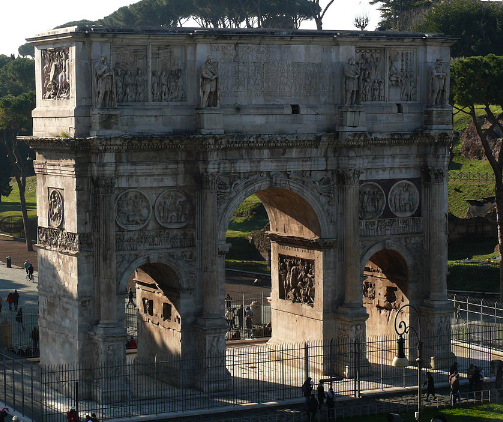
Constantine the Great stands as a monumental figure in history. His decision to embrace Christianity, coupled with his political acumen, reshaped the Roman Empire and set the course for the development of Christian Europe. Image: The Arch of Constantine was built in such a way that it aligned with the massive statue of Sol near the Colosseum.
The Nicene Creed
Another great pillar of Christianity was founded in 325; Emperor Constantine held a meeting with the “Council of Nicaea”. This was the birthplace of the famous “Nice Creed”. The Nicene Creed shares similar views with St. Paul, backing the divinity of Jesus Christ.
Due to Constantine’s great contribution to Christianity and religion as a whole, Catholics, Anglicans, and Eastern Orthodox Churches highly revere him as a saint. Aside from being the first Roman emperor to sanction Christianity, he is credited with the establishment of the “Church of Holy Sepulchre” in Jerusalem.
Marriage Life
Constantine allegedly married or dated Minervina in 303. He and Minervina brought forth a son named Crispus. He left Minervina and got married to Fausta (daughter of Maximian).
In the 320s, Constantine killed Fausta and his first son Crispus. He also erased all their memories by removing their names from all inscriptions. Some accounts suggest that he likely executed them because of their immoral lives.
How did Constantine’s vision at Milvian Bridge facilitate the spread of Christianity?
Death
After the celebration of Easter in 337 AD, Emperor Constantine was taken down by a severe illness. Many people believe that he got baptized and fully converted to Christianity while he was on his death bed. After failing to recover from his ailment, he tried to return to Constantinople, but his health condition didn’t allow him. Constantine passed away on 22nd May 337 AD, at Ancyrona, close to Nicomedia.
Due to the uncertainty surrounding Constantine’s date of birth, it has been approximated that he was probably 57-65 years at the time of his death. His Fausta-born three sons (Constans, Constantine II, and Constantius II) succeeded him.
Legacy
Constantine has been regarded by many people as a “paragon of virtue”. His war achievements is a tall list of victories on top of victories. Apart from his ability to unite the two empires (the East and West Rome), he tackled the religious crisis in ancient Rome by being the first ruler to legalize Christianity and then promote religious freedoms.
FAQs

These questions and their answers represent a basic overview of one of the greatest Roman Emperors in history:
Why is Constantine significant in Christian history?
Constantine played a crucial role in the spread and institutionalization of Christianity. He issued the Edict of Milan in 313, which granted religious tolerance to Christians, ending years of persecution. He also convened the First Council of Nicaea in 325, which sought to address theological disputes and establish key Christian doctrines.
What is the Edict of Milan?
The Edict of Milan, issued in 313, was a proclamation that permanently established religious tolerance for Christianity within the Roman Empire. It allowed Christians to practice their faith freely without the threat of persecution.
What was the First Council of Nicaea?
In 325, Constantine convened the First Council of Nicaea, which was the first ecumenical council of the Christian Church. The council aimed to achieve consensus on several theological issues, most notably the nature of the relationship between God the Father and Jesus. The Nicene Creed, a statement of Christian faith, was a key product of this council.
Did Constantine make Christianity the official religion of the Roman Empire?
No, he did not make Christianity the official religion. However, he granted it legal status and afforded it many privileges. It was Emperor Theodosius I, later in 380 AD, who declared Nicene Christianity the state religion of the Roman Empire.
Where did Constantine establish his new capital?
He understood the strategic importance of Byzantium, so he refounded and expanded the city, renaming it “Nova Roma” (New Rome). However, it became popularly known as Constantinople (City of Constantine). Today, it is known as Istanbul, Turkey.
Did he ever get baptized?
Yes, but not until he was on his deathbed. He was baptized in May 337, just shortly before his death.
How did Constantine impact the architecture and art of the Roman Empire?
Under Constantine, there was a significant rise in the construction of Christian basilicas, churches, and other sacred sites. The Arch of Constantine, built to commemorate his victory at the Battle of Milvian Bridge, is a notable architectural accomplishment from his reign.
What is the story behind Constantine’s conversion to Christianity?
It is said that before the Battle of Milvian Bridge in 312, Constantine experienced a vision of the Christian symbol (often described as the Chi-Rho) accompanied by the words “In this sign, you will conquer.” He then had his soldiers paint the symbol on their shields, and after winning the battle, he credited his victory to the Christian God.
When and where did this Roman Emperor die?
Constantine died on May 22, 337 AD, at the age of 65. He passed away at a villa near the city of Nicomedia in present-day Turkey.
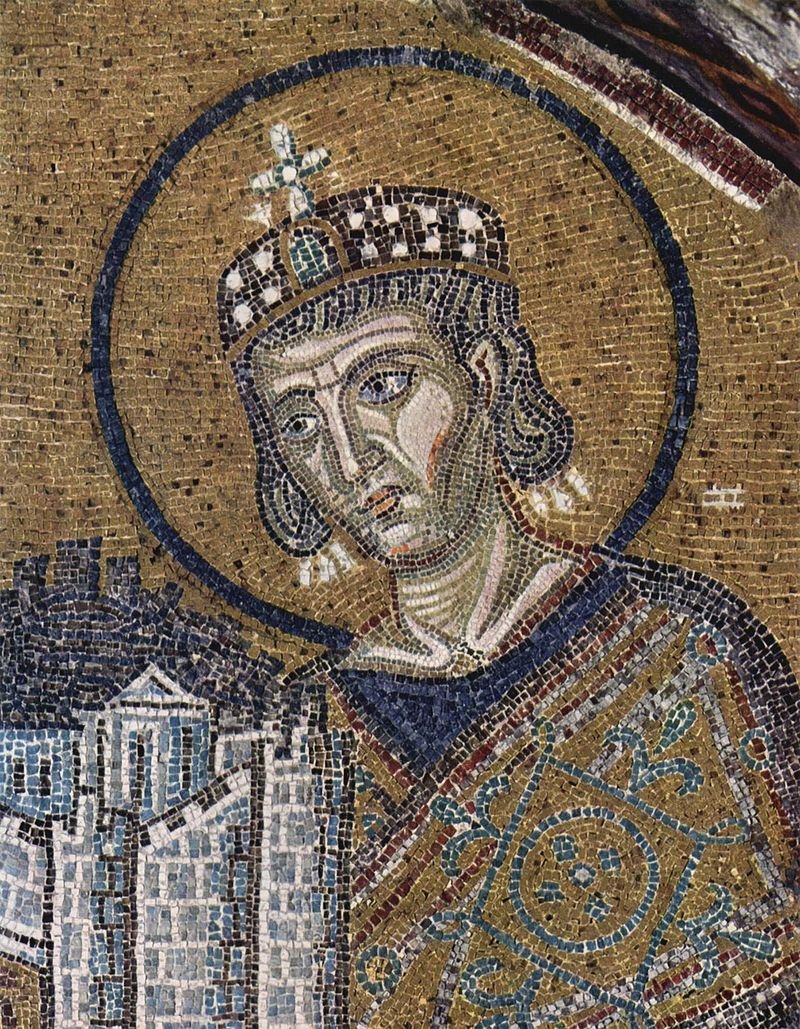
Securing some kind of divine legitimacy was undoubtedly one of the reasons why Constantine chose the Christian faith. Portrait of Emperor Constantine I with a model of the city of Constantinople (modern Istanbul in Turkiye)

